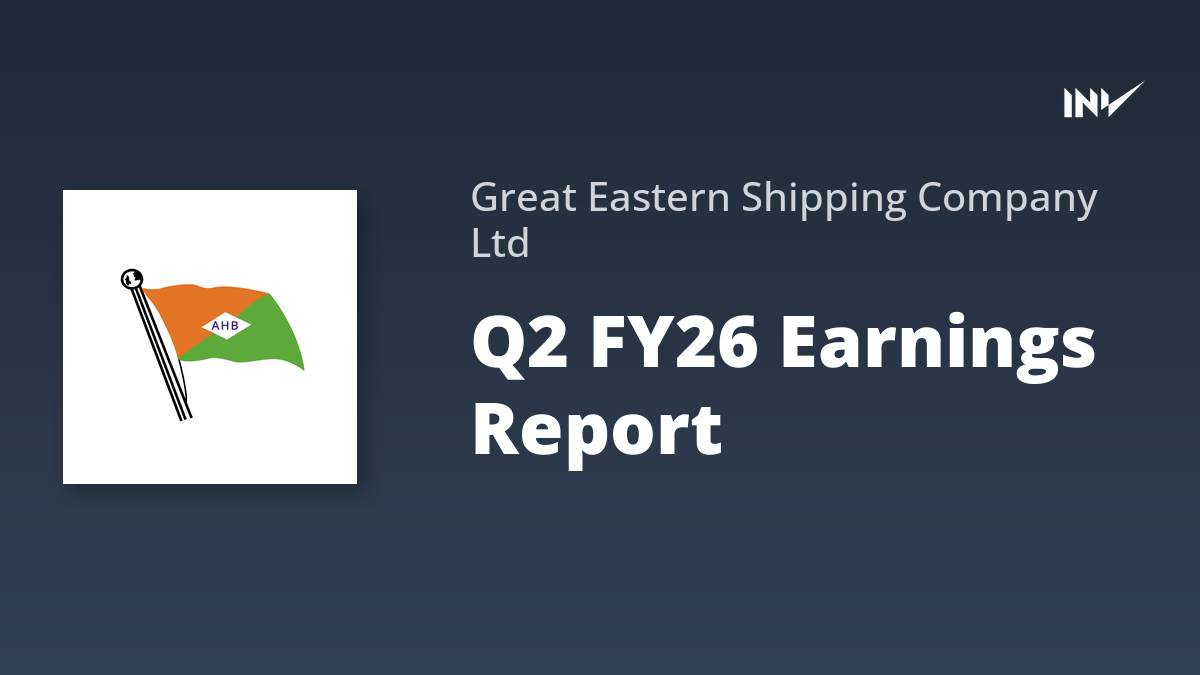Great Eastern Shipping reported a net profit of ₹581 crores on a consolidated basis for Q2 FY26. The company’s NAV increased by approximately ₹60 from the previous quarter. The Board has declared an interim dividend of ₹7.20 per share. The offshore business continues to be a strong contributor to overall profitability with vessels operating at favorable fixed rates.
Financial Performance Highlights
For Q2 FY26, Great Eastern Shipping announced the following key financial results:
- Net profit of ₹581 crores on a consolidated basis.
- NAV increased by about ₹60 from the last quarter.
- An interim dividend of ₹7.20 per share has been declared.
The company’s profit on a standalone basis remained consistent with the previous quarter (Q1 FY26) but was notably lower than in the corresponding quarter of the prior year (Q2 FY25). This difference is attributed to significant profits from asset sales in the previous year and a subsequent reduction in capacity due to these sales.
Segmental Performance
The offshore business remains a reliable source of profitability. Most vessels are currently contracted at favorable rates. Four vessels are engaged in short-term contracts, contributing positively to the year’s financial results.
Fleet and Debt Management
The company’s fleet currently consists of 41 vessels. Commitments have been made for the crew of two 20-year-old tankers to new vessels. The first Ultramax bulk carrier purchase is expected to be delivered by Q4 FY26, which will bring total commitments to 40 vessels after the crew transfers. There are no changes to the offshore fleet.
Outstanding debt totals $186 million, which is being repaid according to schedule. Prepayment options are limited to certain loans.
Market Overview
The Suezmax market has seen slightly elevated rates. Product tanker rates, particularly for MRs, were significantly lower than the previous year with a strong Q1 FY25, and have remained at similar levels since the same period last year around the $20,000 mark.
Crude tanker flows are significantly influenced by OPEC’s unwinding of production cuts, leading to increased demand for crude tankers and new Brazilian supply.
Looking Ahead
The Company sees potential headwinds and tailwinds in various sectors, but has also taken proactive steps to capitalize on vessel repricings, and potentially explore more suitable prices going forward. The Company appears keen to explore opportunities as they arise to maintain shareholder value in changing market conditions.
Source: BSE

